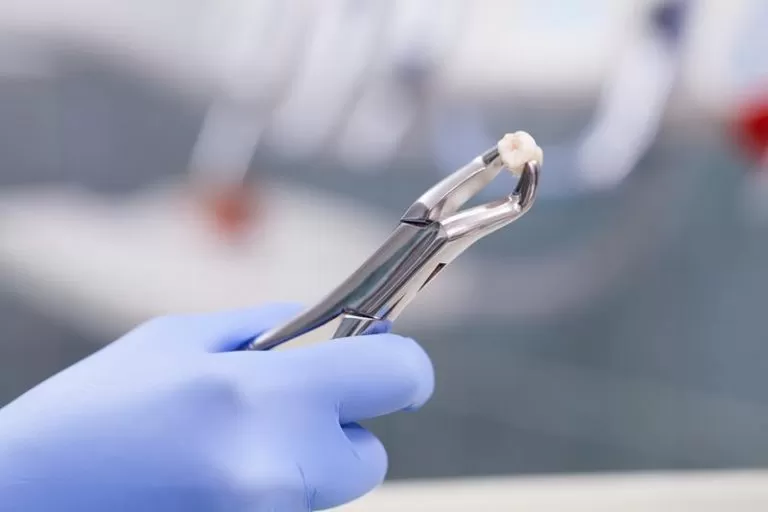Eating after Tooth Extraction
Proper nutrition is crucial for optimal healing after tooth extraction surgery. While it’s normal to experience some discomfort and swelling, eating the right foods can help promote healing and prevent any complications. Here are some tips on what to eat immediately and during the recovery period:
Immediate Post-Surgery Diet
After tooth extraction surgery, it’s important to stick to a soft food diet for the first few days to prevent further irritation or damage to the surgical site. Here are some foods that are suitable for immediate post-surgery consumption:
– Yogurt: Soft and creamy, yogurt is easy to eat and provides essential nutrients like protein and calcium.
– Soups: Opt for smooth and pureed soups that are not too hot.
– Mashed Potatoes: Steer clear of adding spices or hard substances that could irritate the extraction site.
– Smoothies: Blended fruits and vegetables can offer essential vitamins and minerals while being gentle on the healing area.
Progressing Diet
As the days pass, you can gradually introduce more solid foods into your diet. However, it’s crucial to avoid chewing on the side of the extraction site. It is recommended to focus on nutritious and easy-to-chew options, including:
– Soft cooked vegetables: Steamed or boiled vegetables provide vital nutrients and can be easily mashed with a fork.
– Scrambled Eggs: They are packed with protein and provide a good breakfast option.
– Oatmeal: Enjoy easily chewable and creamy oatmeal for a healthy start to your day.
– Soft fruits: Opt for ripe fruits that do not require intense chewing, such as bananas or avocados.
Avoid Certain Foods
During the recovery period, it’s important to steer clear of certain foods that may hinder healing or cause discomfort. Avoid the following:
– Hard and crunchy foods: These can potentially damage the extraction site or disturb the blood clot.
– Hot liquids: Steamy beverages can dissolve blood clots and delay the healing process.
– Carbonated drinks: The bubbles can dislodge the blood clot and hinder healing.
– Spicy or acidic foods: These can irritate the surgical area and cause pain.
Tooth Extraction Recovery
After tooth extraction surgery, every patient goes through a unique recovery process. While the healing time can vary from person to person, understanding the general timeline and following proper care instructions can help ensure a smooth recovery. Here’s what to expect during the tooth extraction recovery:
First 24 Hours
Immediately after the surgery, it is essential to rest and allow your body to heal. You may experience some bleeding, which can be managed by gently biting on a gauze pad placed over the extraction site. Take any prescribed pain medications as directed by your dentist or oral surgeon to help manage discomfort.
48-72 Hours
During this time, the swelling and discomfort should gradually decrease. Avoid strenuous physical activities, hot liquids, and eating on the side of the extraction site. Rinse your mouth gently with warm saltwater several times a day to keep the area clean and promote healing.
1 Week
After a week, most of the discomfort and swelling should subside. However, the socket may still be sensitive. Continue rinsing with saltwater and maintain a soft-food diet as necessary. If you experience severe pain, bleeding, or other concerning symptoms, contact your dentist or oral surgeon promptly.
Healing Process after Tooth Extraction
Understanding the healing process after tooth extraction surgery can further alleviate any concerns or uncertainties. Although each person’s healing timeline may vary, here are the general stages of healing:
Blood Clot Formation (24-72 Hours)
Following tooth extraction, a blood clot forms in the empty socket. This clot acts as a protective barrier, preventing infection and aiding in healing.
Granulation (4-24 Days)
During this stage, the body begins to produce granulation tissue, which helps in the formation of new blood vessels and bone tissue. It is important not to disturb the formed clot during this period.
Socket Closure (1-2 Months)
Over the course of several weeks, the socket gradually closes, and soft tissues grow to cover the extraction site. This process is essential for a complete dental restoration or the placement of a dental implant in the future.
Bone Remodeling (6-8 Months)
Over time, the body reabsorbs the original socket and remodels the surrounding bone tissue. This is crucial for maintaining oral health and ensuring a stable dental structure.
It’s important to note that these are general guidelines, and individual healing times may vary based on factors such as age, overall health, and the complexity of the tooth extraction.
Post-tooth extraction care is vital for a successful and comfortable recovery. Following your dentist’s instructions, sticking to a proper diet, and practicing good oral hygiene will help ensure a smooth healing process and minimize any potential complications.
Disclaimer: The content on this blog is intended for general informational purposes only. It is not a substitute for professional medical advice, diagnosis, or treatment. Always consult qualified healthcare providers for personalized advice. Information regarding plastic surgery, dental treatment, hair transplant, and other medical procedures is educational and not a guarantee of results. We do not assume liability for actions taken based on blog content. Medical knowledge evolves; verify information and consult professionals. External links do not imply endorsement. By using this blog, you agree to these terms.










